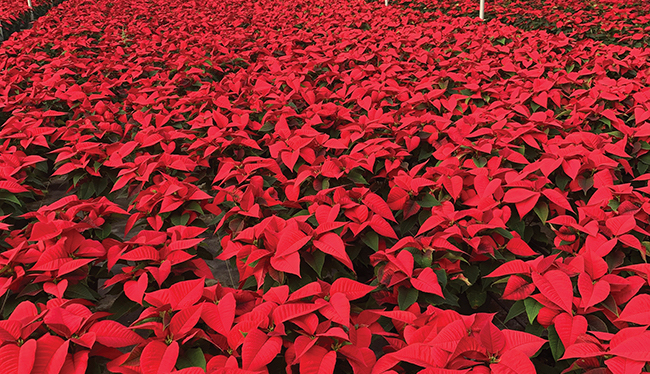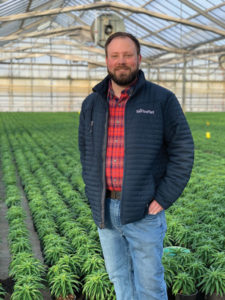
Forty Under 40 Perspectives: Teaching Is Our New Normal
 Growers know that every production season is different from the last. Springs and seasons may be similar, but they are rarely the same — and never the same year-to-year. This presents our industry with a unique challenge in the age of the “great resignation” of executing our growing and sales plans when the people who are executing them may not be the same people who did so previously.
Growers know that every production season is different from the last. Springs and seasons may be similar, but they are rarely the same — and never the same year-to-year. This presents our industry with a unique challenge in the age of the “great resignation” of executing our growing and sales plans when the people who are executing them may not be the same people who did so previously.
Even if growers are lucky enough to retain their staff in-house, roles and responsibilities for individuals likely will not be the same. Continuous teaching becomes our new normal. There, however, need not be only one voice at an operation imparting wisdom and know-how. Sometimes lessons become stale and another voice is needed to help keep everyone on track and moving in the same direction.
Tech services have become ever more sought out as we look to not only ensure our crops hit their sales windows, but to help train our staff.
A POINSETTIA LESSON
During these past two poinsettia seasons, I’ve assisted as a large grower learned how to grow its own poinsettias in-house. The grower in question supplies multiple stores and has an excellent spring and fall business, but it had always contracted its finished poinsettia production out. Knowing that some years had passed since anyone in the operation had grown a poinsettia, the company first reached out to its preferred distributor and the salesperson then contacted me.
The grower chose not to fumble through a season to see if they could “get it.” Instead, ownership set reasonable expectations for the sizes and retail windows they wanted to hit. Along with the grower team, we created a program and a plan. But as Mike Tyson has said, “Everyone has a plan until they get punched in the mouth.”
Poinsettia prop isn’t exactly a heavyweight fight. But for an inexperienced grower trying to propagate unrooted cuttings in July temperatures, even the best plan would need tweaks. Some in-person visits and crop walks at the different stages of growing helped reinforce points made in the general crop culture. Weekly emails helped ensure all involved were aware of the weekly decisions of temps and plant growth regulators (PGRs). By the time poinsettias hit the store shelves, we were discussing adjustments for the next season.
Year two saw the lessons specific to poinsettia culture refined, which of course created new problems, but the “good type of problems.” Propagation was more successful: less shrink, mist was off quicker, and plants were growing lush prior and exploding out of the pinch. We did end up with slightly taller finished plants than desired, but so did 80%+ of the growers due to the warm fall season. Growers have different metrics with which they measure success, but one for most growers is a reduction of crop time while maintaining quality. At the end of year two, we had hit that success, as we debated how many weeks we could take off the crop.
Late September and early October are the ideal times to save a poinsettia crop. Looking at any crop every day can become an issue of familiarity. This can occur even with spring crops, but with the compressed finished crop schedules of approximately six to 12 weeks, and less so in spring.
I’ve fielded a few calls and visits where growers were surprisingly behind on their finished poinsettia specs. The best thing these growers did was reach out early and not internalize their issues. Quickly we were able to determine whether this was a weather pattern issue associated across a region or a localized issue requiring a more specialized response. In the end, a majority of the crops made it to market. Maybe not as ideal as we would have liked, but by reaching out we were able to manipulate temperatures, feeds and PGR applications to reach our targets.
A COLLECTIVE EFFORT
As an industry, we have done a decent job (if you’re grading on a slight curve) at creating resources and putting them online. They’re accessible any time of the day only waiting to be sought out. These come in all forms — from academic journals and magazine culture articles to video presentations and discussions on various individual crops. There is no shame in reaching out to a person, like myself, to bounce ideas off of or if something in these resources doesn’t quite click.
While I’m positive most of us did not go into floriculture to teach, we find ourselves in a reality of ongoing education if we want to have capable staff. Ball Seed Technical Services, like other industry resources, exist to assist growers of all skill levels be successful and expand their own technical knowledge.


 Video Library
Video Library 




















